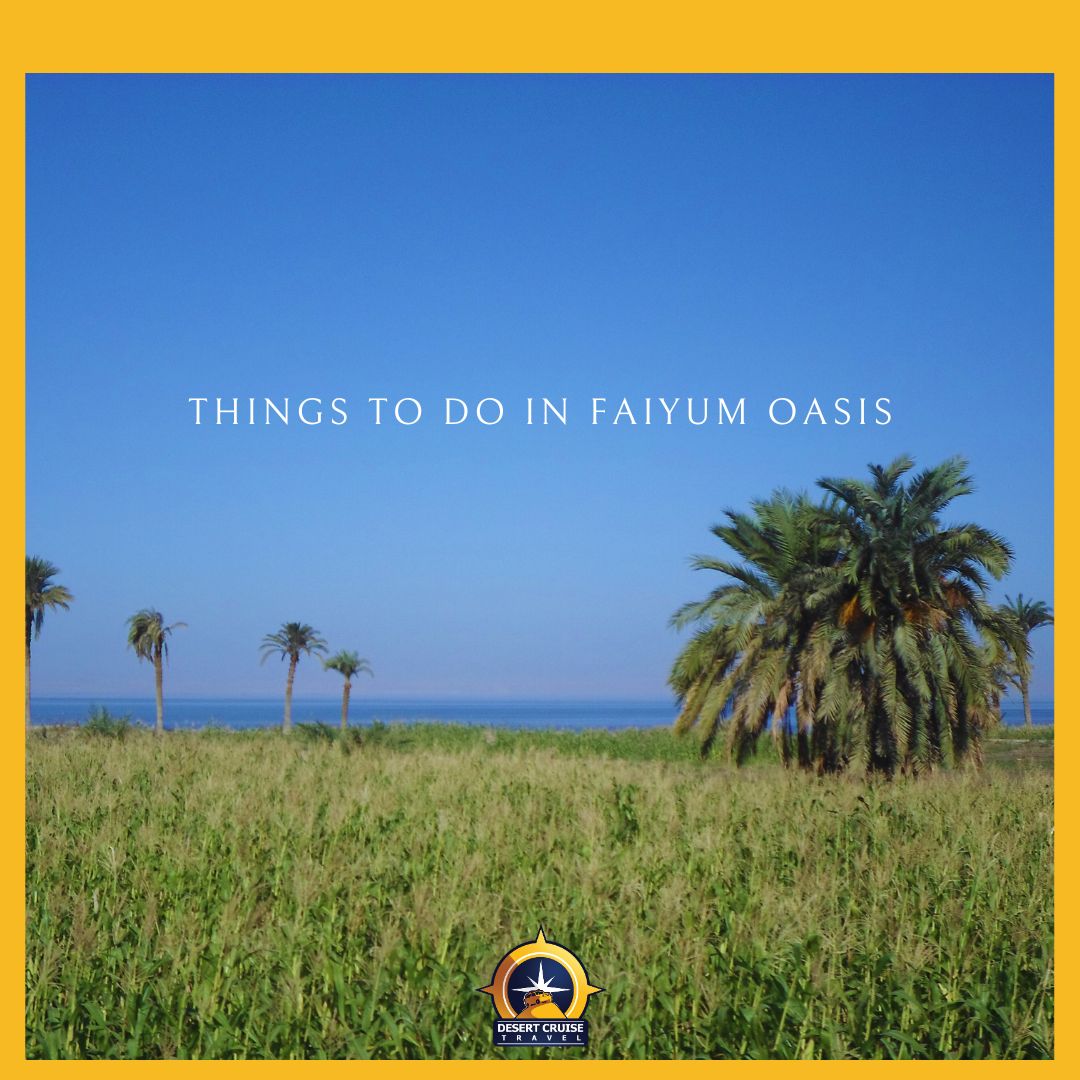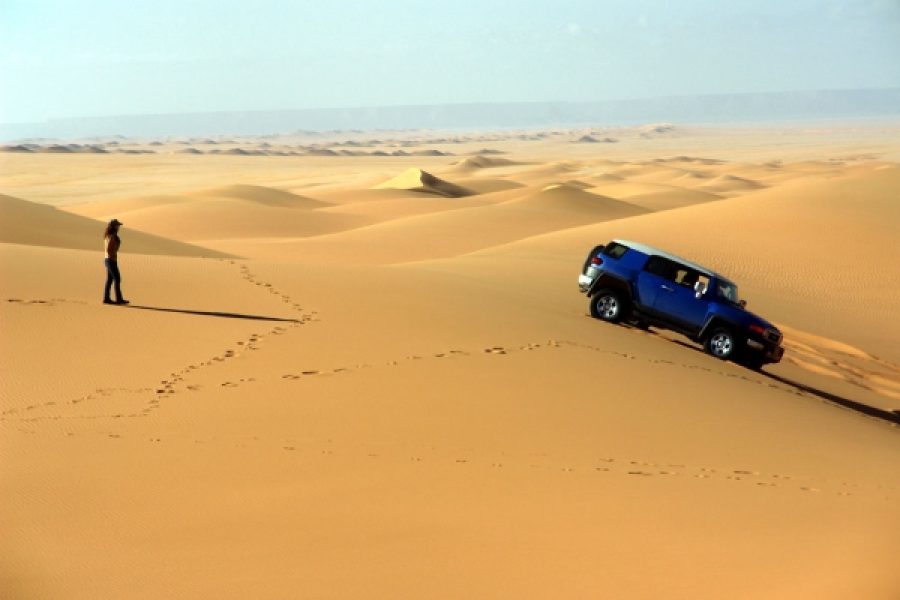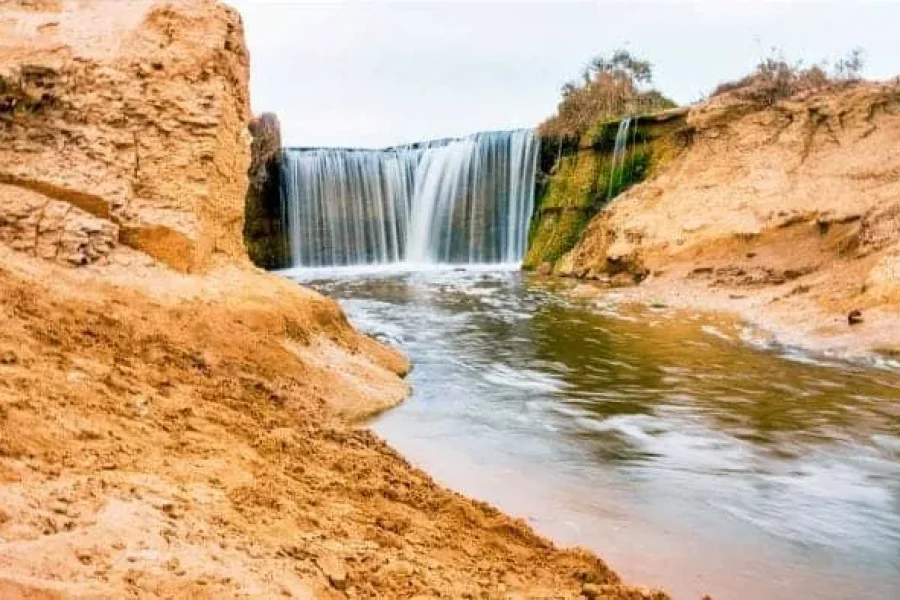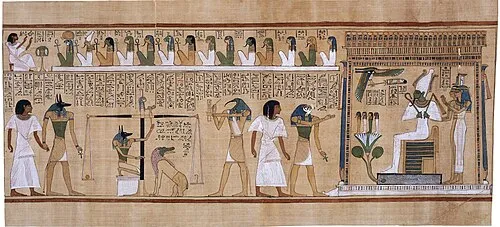Imagine stepping into a destination where golden desert sands meet tranquil lakes, where history whispers from ancient ruins, and where natural beauty surrounds you at every corner. Just a short drive from Cairo, Fayoum Oasis is one of Egypt’s most unique and underrated treasures. Unlike the bustling capital or the famous pyramids, Fayoum offers a peaceful retreat that combines culture, history, and breathtaking landscapes. Whether you are an adventurer, a history enthusiast, or someone simply seeking tranquility, Fayoum Oasis promises an experience that feels both authentic and unforgettable.
In this guide, you will discover everything you need to know about Fayoum Oasis: its history, its top attractions, fun activities, and how Desert Cruise Travel can turn your journey into a once-in-a-lifetime adventure.
Fayoum Oasis

Fayoum Oasis is located around 100 kilometers southwest of Cairo, making it an easily accessible destination for day trips or longer stays. Unlike traditional desert oases, Fayoum is a large depression with fertile lands, lakes, and palm groves. It is home to Lake Qarun, one of Egypt’s oldest natural lakes, and is surrounded by unique geological formations that have fascinated travelers and archaeologists for centuries.
Known as “Egypt’s Green Paradise,” the oasis is a beautiful mix of water, desert, and agricultural land. It has a different charm compared to other Egyptian destinations, offering a slower pace and a chance to experience authentic rural life.
History of Fayoum
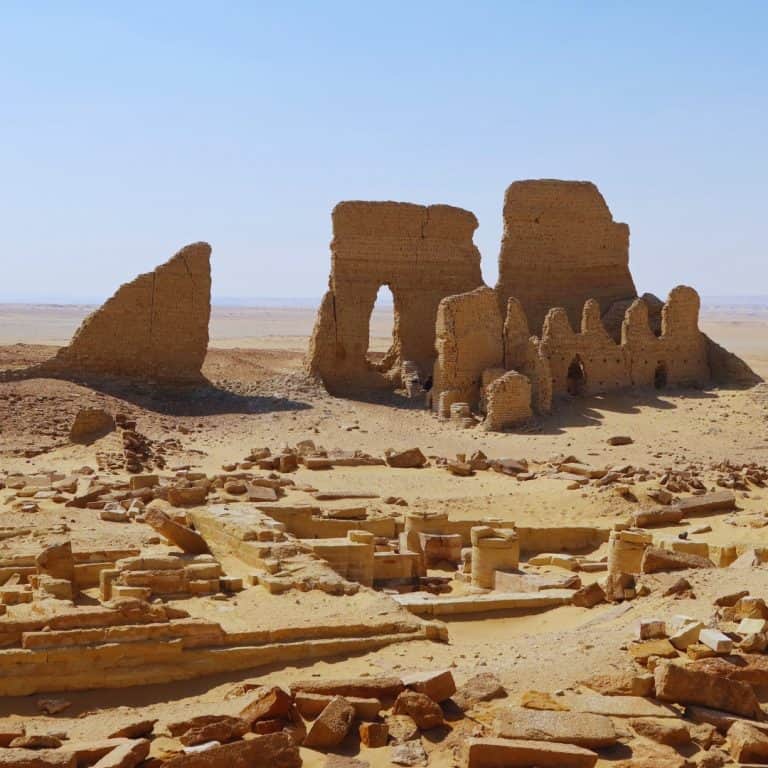
The history of Fayoum Oasis dates back thousands of years, making it one of Egypt’s oldest inhabited regions. Ancient Egyptians considered it a sacred land because of its fertile soil and abundance of water from the Nile River, which was channeled into Fayoum through the Bahr Yussef canal.
Fayoum was also home to several Pharaohs who built temples and monuments in honor of their gods. During the Middle Kingdom, it was a major agricultural hub and an essential food source for the entire country. Archaeologists have uncovered remnants of Greco-Roman settlements, impressive statues, and mummy portraits that shed light on the cultural richness of the oasis.
The combination of history and nature makes Fayoum not just a place to relax but also a destination where you can step back in time and connect with Egypt’s fascinating past.
Best Attractions in Fayoum Oasis
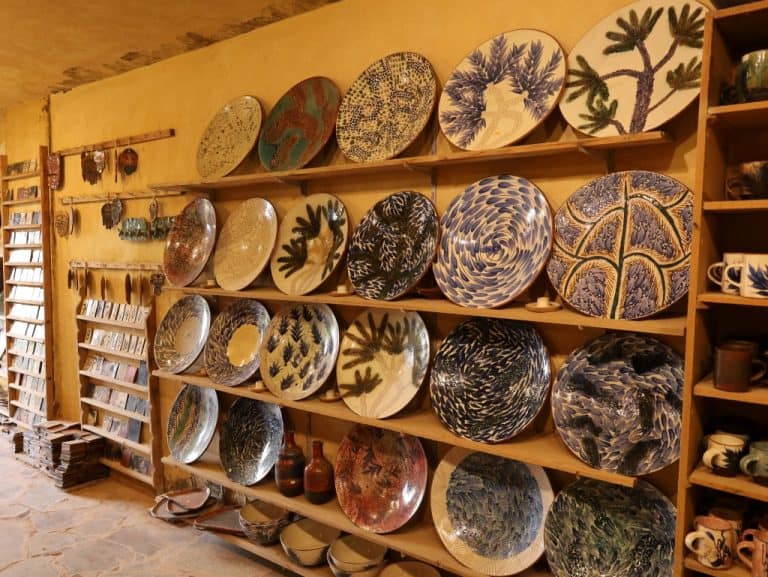
There is no shortage of incredible sights to see in Fayoum. Here are some must-visit attractions:
Lake Qarun – A vast natural lake perfect for birdwatching, fishing, and photography. Flamingos, ducks, and migratory birds are often spotted here.
Wadi El-Hitan (Valley of the Whales) – A UNESCO World Heritage Site showcasing fossils of prehistoric whales that lived millions of years ago.
Wadi El-Rayan – Known for its beautiful waterfalls and stunning desert landscapes, making it one of the most picturesque spots in Fayoum.
The Pyramid of Hawara – Built by Pharaoh Amenemhat III, this site is often called the “Labyrinth of Egypt.”
Tunis Village – A charming artistic village famous for pottery workshops, eco-lodges, and warm hospitality.
Magic Lake – A serene lake surrounded by desert dunes, popular for camping, hiking, and stargazing.
Each of these attractions reflects Fayoum’s diversity—where history, nature, and adventure meet in perfect harmony.
Things to Do in Fayoum Oasis

Fayoum Oasis isn’t just about sightseeing—it’s about living unforgettable moments. Here are some activities you can enjoy:
Safari Adventures: Explore the desert in a 4×4, go sandboarding down golden dunes, or camp under a blanket of stars.
Birdwatching: With its lakes and wetlands, Fayoum is a paradise for bird lovers.
Pottery Workshops: Visit Tunis Village to learn the ancient craft of pottery and take home your own handmade piece.
Hiking & Trekking: Walk through valleys, deserts, and around lakes to experience the stunning natural scenery.
Photography: Fayoum’s landscapes are a dream for photographers, from desert dunes to lush green fields.
Local Food Experiences: Taste authentic Egyptian dishes prepared with fresh local ingredients in family-run restaurants.
Whether you’re adventurous or simply want a peaceful escape, Fayoum Oasis has something special for you.
How will Desert Cruise Travel make your trip to Fayoum Oasis special?
Planning a trip to a hidden gem like Fayoum Oasis can feel overwhelming, but that’s where Desert Cruise Travel comes in. With years of expertise in organizing unforgettable journeys, they offer carefully designed itineraries that highlight the best of Fayoum.
From private guided tours of Wadi El-Hitan to comfortable desert camping under the stars, Desert Cruise Travel ensures every detail is taken care of. Their local guides provide insights into the region’s history, culture, and hidden secrets, making your trip not just a visit, but a story to remember.
They also offer special offers for group tours and customized packages, so you can experience Fayoum Oasis exactly the way you want—whether it’s adventure, relaxation, or cultural exploration.
Facts about Fayoum Oasis
Fayoum is Egypt’s largest oasis and covers more than 1,800 square kilometers.
Lake Qarun is believed to be over 70,000 years old.
Wadi El-Hitan contains fossils dating back over 40 million years.
Fayoum is often called the “Land of a Million Palm Trees” due to its fertile landscapes.
The Pyramid of Hawara is said to have inspired ancient Greek writers with its labyrinth-like design.
Conclusion
Fayoum Oasis is more than just a destination it’s a journey into Egypt’s soul. With its rich history, breathtaking natural wonders, and warm local culture, Fayoum is the perfect escape from the crowds of Cairo and the hustle of modern life. Whether you’re exploring ancient pyramids, wandering through artistic villages, or stargazing in the desert, Fayoum promises an adventure like no other.
With Desert Cruise Travel, your experience becomes even more memorable, guided by experts who know how to make every moment special. So pack your bags, embrace the magic of Egypt’s hidden paradise, and let Fayoum Oasis capture your heart.
10-Days Egypt Western Desert Tour | Bahariya, Farafra, Dakhla & Kharga
New Valley Governorate, Egypt
2-Days Fayoum & Samuel Dunes from Cairo
Wadi El Rayan, Youssef Al Seddik, Egypt
Full Day Fayoum Trip Wadi El Hitan & Wadi El Rayan
Wadi El Rayan, Al Faiyum Governorate Desert, Egypt

